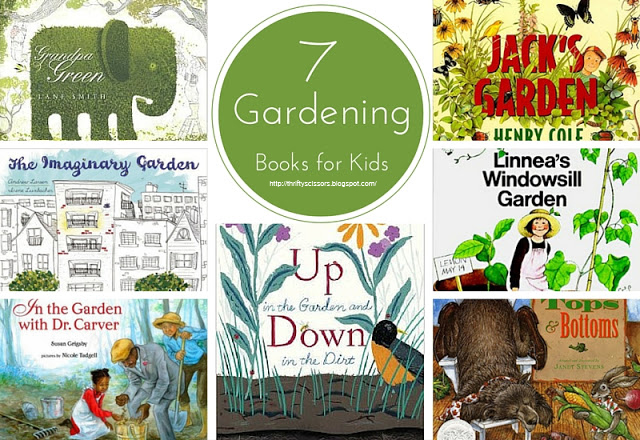I'm an architect's daughter, and one of the very first toys we had lying
around our house were blocks. Different brands and types littered our
home's floors through the years--from Lincoln Logs to Lego's to
cardboard boxes. Even now I still firmly believe that giving children
blocks to play and create and manipulate serves as one of the best
toys.
The benefits of block play have been researched in depth on the great
many skills they build in children. Here are five of those skills that
as an educator I greatly appreciate:
- Development of visual discrimination, the recognition of detail in visuals--particularly with descriptive and comparative language, as a pre-reading skill
- Development of small and gross motor skills, along with hand-eye cordination development
- Basic mapping skills are often learned through blocks
- Offers introductory math and science concepts to children such as problem solving via trial and error, pattern creating, categorizing and classifying, and identifying sets, size, shapes, and weight
- Ability to visualize spatially--to mentally manipulate 2D, 3D, and 4D objects--often a skill that is stronger in boys than in girls simply due to their time spent with constructive based toys (blocks)
Even more, I've always loved how blocks are one of the most open-ended
toys. Regardless of the age and interest of the child, they can utilize
blocks in countless ways. While I was planning curriculum with first
graders in mind this past school year I wanted to find ways to
incorporate blocks into some of our various learning activities. My
favorite was when the student had to build a zoo using blocks and small
plastic animals, followed by drawing their creation as a map, which you can check out here. What ways have you integrated blocks into your students and children's learning?
What are you able to build with your blocks?Castles and palaces, temples and docks.Rain may keep raining, and others go roam,But I can be happy and building at home.
~Block City, Robert Louis Stevenson~
*To learn more on the importance and history of block play check out The Yale-New Haven Teacher Institute
























